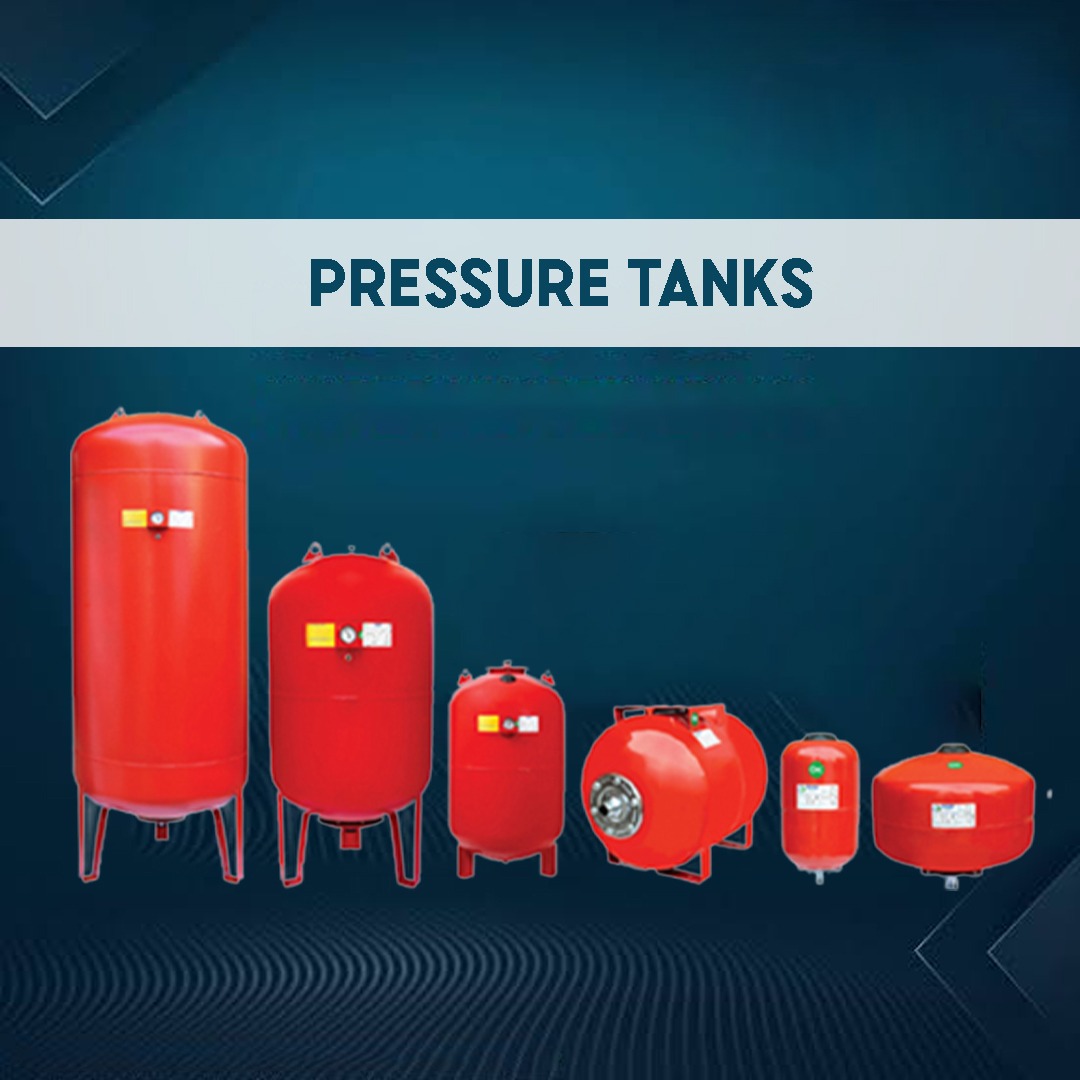
A pressure tank or pressurizer is utilized in a channeling framework to keep up with the ideal pressure. Applications incorporate buffering water pressure in homes. A tank wherein fluid or gas is put away under tension more prominent than environmental. Pressure tanks might be utilized for restricted private fire-security administrations. Pressure tanks ought not to be utilized for some other reason except if endorsed by the authority concerned.
The pressure tank's essential capacity is to go about as a stockpiling supply keeping predictable water pressure all through your home's pipes framework. Most home water frameworks are set up to turn the siphon on at 20, 30, or 40 psi and shut off at 40, 50, or 60 psi. Most private pressure tanks come in 5 sizes. About, 20, 30, 50, 60, and 80 gallons.
What the vast majority don't understand is that pressure tanks don't hold that much water. A basic rule is that 1/3 of the tank holds water and the rest is air. Pressure and tank size have an immediate connection - as one increment, so does the other. The higher the pressure setting, the less the drawdown is and consequently, the requirement for a bigger tank limit. Pressure tanks are utilized in an assortment of utilizations, yet normal use is framework proficiency.
For instance, one explanation somebody could introduce a pressure tank in a pipes framework is to keep the siphon from continually running. In doing as such, the pressure-controlling tank expands the life span of the siphon/engine and lessens upkeep and margin time - at last bringing about lower working expenses. How about we plunge into a bit by bit how-to for estimating a pressure tank.
A pressure tank is significant because it keeps water pressure at a steady level. It likewise keeps the water and air isolated. Without these elements, the water siphon would turn on and off rapidly - an issue brought about by cycling - which can rapidly wear out the siphon engine. It stores water and gives water under tension when the siphon isn't running. It develops a safe supply of water so the siphon starts and stops now and again, drawing out the existence of the siphon. Moreover, it gives a safe supply of water for use during seasons of popularity.
Since the air is pushing against the water or bladder inside the pressure tank, there is where no extra water is accessible. The tank should be topped off before more water can be siphoned out. Assuming a modest quantity of water stays in the bladder, it very well may be pushed out at high pressure, causing the commotion.
What Are the Different Types of Pressure Tanks?
There are three sorts of pressure tanks:
Air-over-water tanks:
In these tanks, there's no actual obstruction between the water and air. The downside to this sort of pressure tank is that after some time the air disintegrates into the water, so it should be checked and changed consistently.
Stomach tanks
These tanks contain an elastic or vinyl stomach isolating the water and air. As water enters the tank, the stomach extends vertically, compacting the air.
Bladder tanks
In these tanks, the water is held inside an inflatable-like bladder that extends when water is siphoned into the tank, packing the air.